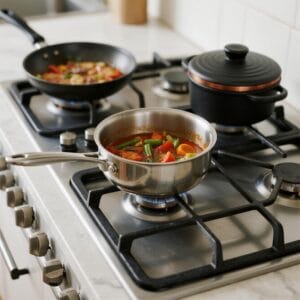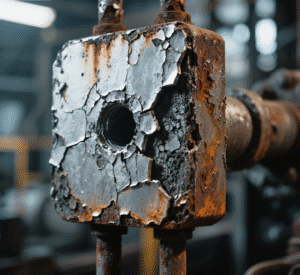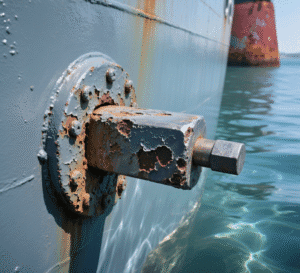Using tri-ply but wonder if it’s really that good? Heard the hype but skeptical about performance and safety? Let’s dive into whether it lives up to its reputation.
Yes, tri-ply cookware is excellent for cooking. It offers fast, even heating, durability, and safety thanks to its layered construction. I’ve used it daily for 12 years and confidently recommend it.
Having spent over a decade cooking with tri-ply and supplying the materials myself, I can vouch for its quality. It just feels solid and premium right out of the box. When you cook, you notice the difference – quick heating, no hot spots, less smoke, and great performance on my induction stove. It’s become my go-to, and I even got my family using it. Let’s break down why it works so well and address some common questions.
What are the disadvantages of tri ply stainless steel?
Thinking tri-ply sounds perfect? Worried there might be hidden drawbacks? Knowing the downsides helps you decide if the benefits outweigh them for your needs.
The main disadvantages are its higher cost compared to basic stainless steel and its increased weight . These are the primary trade-offs for its enhanced performance features like even heating.
Understanding the Trade-offs
Let’s be realistic, no cookware is perfect in every aspect. The advanced construction of tri-ply comes with implications:
- Cost: Creating that bonded multi-layer material (usually steel-aluminum-steel) is more complex and expensive than making a single sheet of stainless steel [^2]. You’re paying for the technology that delivers superior, even heating and durability [^1]. For serious home cooks or businesses focused on quality results, this is often seen as a worthwhile investment.
- Weight: Sandwiching that aluminum core between steel layers makes the cookware heavier than single-ply options . I personally find the 2.0mm thickness easy to handle, while the 2.5mm gives a more substantial, premium feel. Some might find even the 2.0mm heavier than they like, especially compared to lightweight aluminum pans. It’s a direct consequence of the robust build that gives it such good heat properties.
So, while tri-ply offers significant advantages, you need to weigh the higher price and heavier feel against the cooking benefits.
Which is better, triply or stainless steel?
Stuck choosing between traditional stainless steel and tri-ply? Confused about whether the ‘tri-ply’ label really means better cooking? Let’s clarify the key differences.
For cooking performance, especially even heat distribution, tri-ply is generally better due to its aluminum core [^1][^2]. Standard stainless steel is very durable and more budget-friendly but heats less evenly [^3].
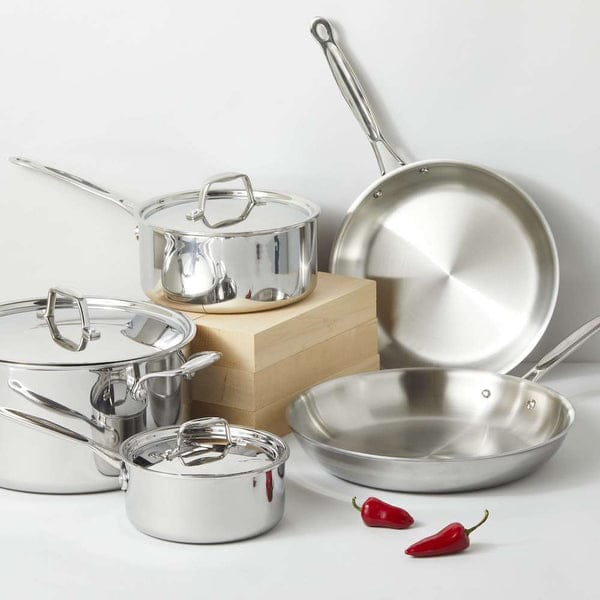
Construction Makes the Difference
It’s important to remember that tri-ply is stainless steel cookware, but with an upgrade. Standard stainless steel pans are typically made from a single layer of steel (often food-grade 304). They are tough and don’t react with food. However, steel itself isn’t the best heat conductor, leading to potential hot spots and uneven cooking .
Tri-ply addresses this with its layered structure:
- Inner Layer (Food Contact): Usually 304 Stainless Steel (safe, non-reactive) .
- Core Layer: Aluminum (excellent heat conductor) .
- Outer Layer: Often 430 Stainless Steel (durable, magnetic for induction) .
This combination gives you the durability and safety of stainless steel plus the fast, even heating of aluminum . For tasks requiring precise temperature control, searing, or simply avoiding burnt spots, tri-ply has a clear advantage . Standard steel is still great for many things (like my mixing bowls!), but for cooking pans, I find tri-ply superior.
Is Triply cookware safe for health?
Concerned about materials leaching into your food? Wondering if tri-ply is a genuinely safe option for your kitchen? Let’s examine the health aspects directly.
Yes, tri-ply cookware is considered very safe for health. The food-contact surface is typically high-quality stainless steel, which is non-reactive and doesn’t leach harmful substances into food.
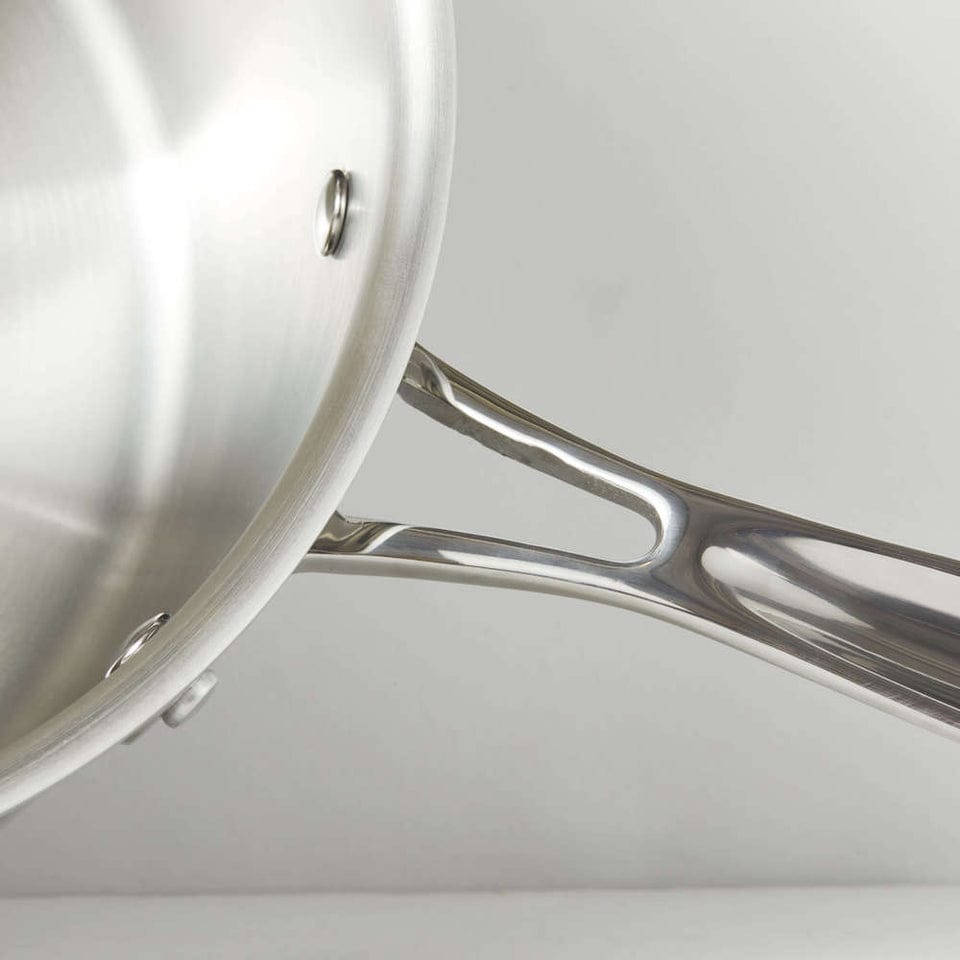
Why Tri-Ply is a Healthy Choice
Health safety is a major reason many people choose stainless steel cookware, and tri-ply carries the same benefits:
- Non-Reactive Surface: The inner layer, usually 304-grade stainless steel, does not react with acidic foods like tomatoes or vinegar. This means no metallic taste and no leaching of metals into your meal.
- No Chemical Coatings: Unlike many non-stick pans, standard tri-ply doesn’t rely on chemical coatings (like PTFE) that could potentially degrade or raise health concerns over time . The cooking surface is pure, stable steel.
- Durability: The robust construction means the cooking surface isn’t easily scratched or damaged, maintaining its integrity and safety over years of use .
- Aluminum Core Safety: The aluminum core is safely sandwiched between layers of stainless steel. It doesn’t come into contact with your food, so there are no concerns about aluminum exposure .
Having supplied tri-ply materials for 12 years, safety is paramount. I trust this material completely for my own family and recommend it to clients worldwide, knowing it meets high health standards.
What is the healthiest cookware to cook in?
Searching for the absolute safest pots and pans? Trying to navigate claims about different materials? Let’s pinpoint the top contenders for healthy cooking.
Stainless steel (including tri-ply) and glass are often considered among the healthiest cookware options [^4]. They are stable, non-reactive, and don’t release harmful substances into food during cooking.
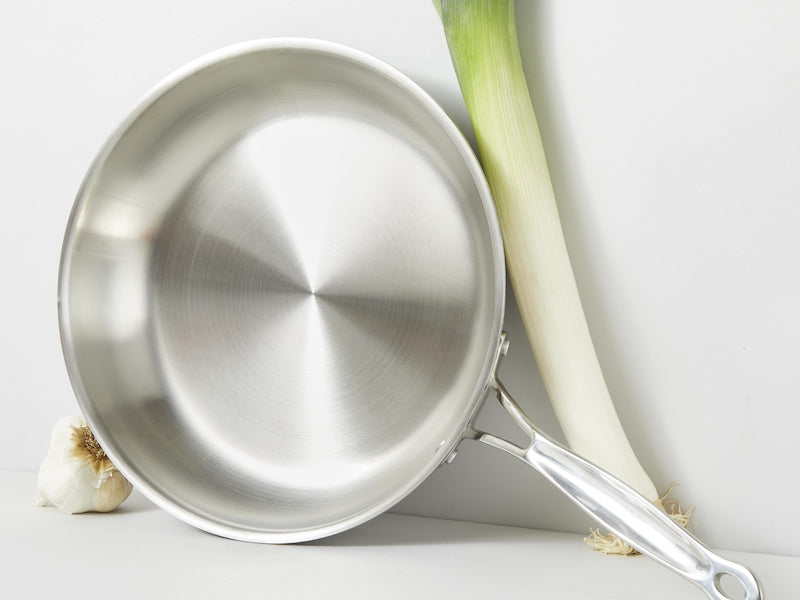
Materials Prioritizing Health
When evaluating cookware for health, the key factors are material stability and non-reactivity:
- Stainless Steel (Including Tri-Ply): As discussed, high-quality stainless steel (like 18/8 or 18/10, which refers to 304 grade) is excellent. It’s durable, doesn’t react with food, and doesn’t leach metals. Tri-ply offers these benefits plus better cooking performance .
- Glass: Completely inert and non-reactive. Great for baking and storage. However, it’s not suitable for all stovetop cooking (can shatter with thermal shock) and doesn’t conduct heat well.
- Cast Iron (Well-Seasoned): Can be very safe and even add dietary iron. Requires proper seasoning and maintenance to prevent rust and maintain its non-stick properties. Not ideal for highly acidic foods for long periods.
- Carbon Steel (Well-Seasoned): Similar to cast iron in needing seasoning but generally lighter. Also very safe when maintained.
- Titanium: Very durable and non-reactive, often used in camping gear or as a coating. Pure titanium cookware is less common and expensive.
While options like coated non-stick offer convenience, concerns exist about coating longevity and potential chemical release, especially if overheated or scratched.
Conclusion
Tri-ply cookware is definitely good for cooking, offering excellent heat control and durability. It’s a safe, reliable choice, though heavier and pricier than standard steel.



